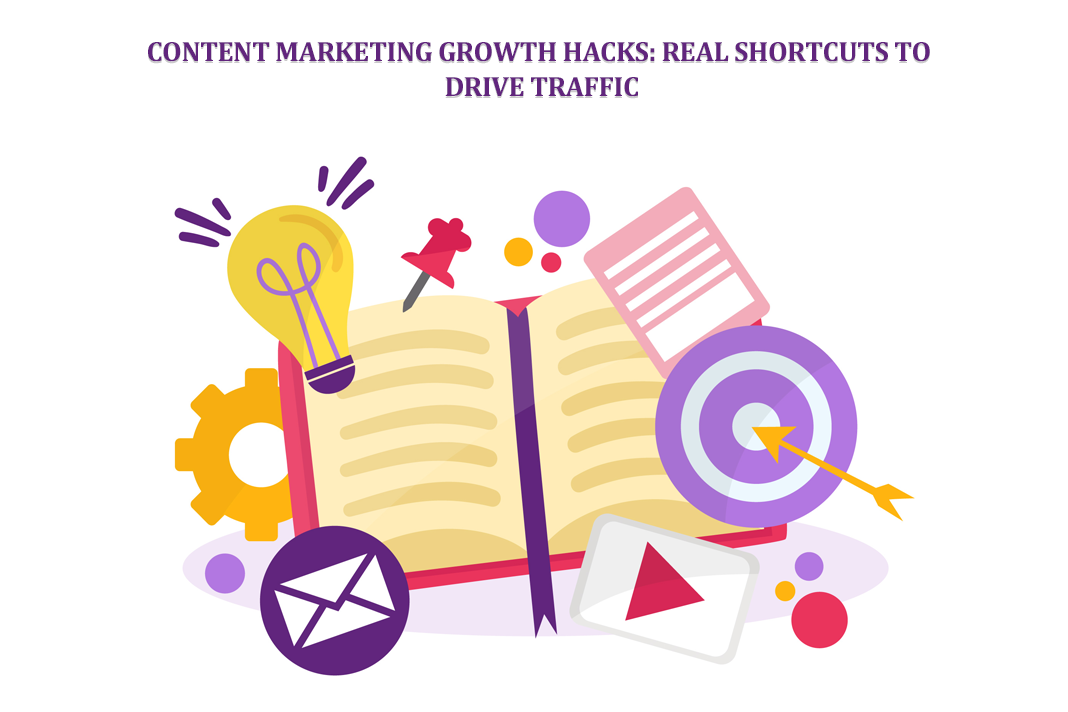The Ultimate SEO Competitor Analysis Checklist to Skyrocket Your Website Traffic in 2022
Unless you’re living under a rock in 2022, you’re already working on a search engine optimization (SEO) strategy for your website. Whether you want to improve brand awareness or skyrocket online sales, you need a rock-solid SEO strategy to drive organic search traffic to your website.
Quick Links
SEO offers several other benefits, including enhanced brand authority, credibility, and reputation. That, in turn, helps you win your target audience’s trust.
But climbing to the top of search engine results pages (SERPs) isn’t easy. It involves a series of crucial steps, from keyword research and content creation to competitor analysis.
Competitor Analysis and SEO: Understanding the Connection
Competitor analysis isn’t a good-to-have aspect of SEO. It’s essential to understand what your competitors are doing right and how they are managing to outrank you in search engine results. If a keyword or content strategy is working for them, it’ll likely also help you attract traffic.
The SEO benefits of competitor analysis are multifold, from identifying untapped keyword opportunities to strengthening your inbound link profile. You can use a backlink checker tool to get a closer glimpse of a competitor’s backlinks. That, in turn, will help you identify ways to attract more backlinks to your website.
Similarly, a keyword analysis tool can help you identify high-volume keywords your competitors aren’t targeting yet. You can use those keywords to gain a competitive edge.
Additionally, competitor analysis helps improve your website’s user experience and content strategy. You can explore new content formats and topics that are delivering excellent results for a competitor.
We’ll outline a few simple steps to help you get started with competitor analysis for SEO. Let’s dive right in.
Identify Your Competitors
You can’t reap the benefits of competitor analysis if you pit your brand against the wrong websites and businesses. It’s crucial to have a clear idea of who your competitors are.
Start by running a Google search for your target keywords and looking at the top listings. These websites are direct SERP competitors that you must outrank to amplify online visibility. Make sure you do this step for each target keyword.
Next, it’s a good idea to identify websites that rank for long-tail keywords and customer questions about your brand, product, or industry. These search queries help attract more qualified traffic and, therefore, are worth your consideration.
If you’re running a brick-and-mortar business, watch out for local competitors who are gaining traction in SERPs. Also, it’s a good idea to search for websites that offer products or services similar to your brand.
Once you’ve got a list of competitors, evaluate their domain authority and social media presence to determine whether it’s worth competing against them. For instance, if you’re launching an online store for ceramic kitchenware, it’s natural to assume Amazon as a competitor.
But the eCommerce giant’s established reputation and domain authority could pose a challenge for emerging online stores. Instead, it’s wiser to focus on other niche eCommerce sites that sell similar products.
Run a Backlink Assessment
A crucial benefit of competitor analysis is that it helps you attract high-quality backlinks to your website. Once you’ve identified suitable competitors, all you need to do is enter each website URL into a backlink checker tool.
It’ll give you a detailed overview of the domains that have added backlinks to a competitor’s website. You can use that information to identify gaps in your website’s inbound link profile.
For instance, if a specific website is linking to a majority of your competitors but has missed your website, you can reach out to the admin. Similarly, you can find high-authority publications and industry blogs that link to your competitors’ websites.
Conduct Keyword Analysis
This step is all about identifying keywords that are fetching excellent rankings and traffic for your competitors. You can use a keyword analysis tool to identify keywords they’re targeting. Such tools also help you analyze the performance of each keyword in terms of rankings, traffic share, and search volume.
The goal of this step is to find high-value keywords you might have missed earlier. Also, watch out for high-performing keywords that your competitors aren’t using yet.
Perform a Page-on-Page Comparison
It’s now time to head to each competitor’s website and compare it to yours. Make sure you compare relevant web pages on their website to your own. For instance, you can analyze their product pages and compare them to your product pages to understand what they’re doing differently.
Similarly, you can analyze their blog posts to identify new content ideas, formats, and topics. Also, you can get an idea of technical SEO issues, such as schema, site architecture, etc., that could weigh your website down.
In Conclusion
Competitor analysis is indispensable to SEO success in 2022. Start by identifying proper SERP competitors, and understand what they’re doing right. Use online tools, such as backlink checkers and keyword analyzers to simplify the process.
What Is WooCommerce Product Slider and Why Your Store Needs It
Why Do Product Images Matter So Much in Online Stores? When someone visits an online store the…
0 Comments9 Minutes
How to Streamline Your Customers’ Shopping Experience?
The goal for any online store is to make shopping as smooth as possible. When visitors move…
0 Comments8 Minutes
Strengthening Brand-Customer Relationships Through Gamified Loyalty Programs
Creating lasting connections with customers has become increasingly vital as the marketplace grows…
0 Comments6 Minutes
How to Use SEO and SEA Together in Search Engine Marketing
In digital marketing, search engine marketing (SEM) plays a critical role in improving online…
0 Comments10 Minutes
Content Marketing Growth Hacks: Real Shortcuts to Drive Traffic
Are you still lagging in content marketing? Sticking to these old strategies seems…
0 Comments10 Minutes
How to Build a Strong Local Following Using Social Media Marketing
In the days of likes, shares, and stories, local businesses have a golden opportunity to create…
0 Comments9 Minutes
Why WooCommerce is the Best Choice for Your Online Store?
WooCommerce stands out as a top option for anyone looking to build an online store. This platform…
0 Comments8 Minutes
How to Use AI-Powered SEO Tools for WordPress eCommerce
SEO is a critical factor in the success of any e-commerce WordPress store. As competition…
0 Comments11 Minutes








